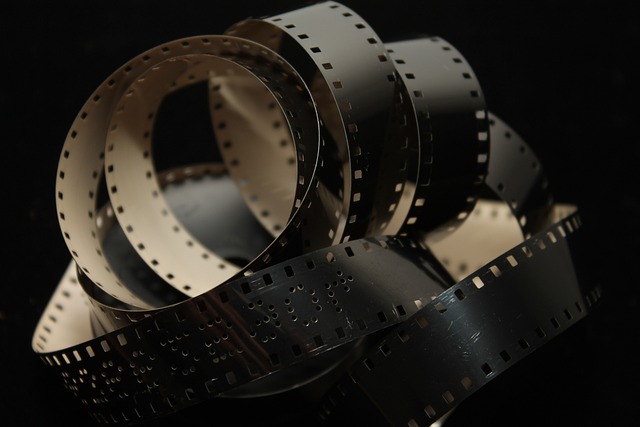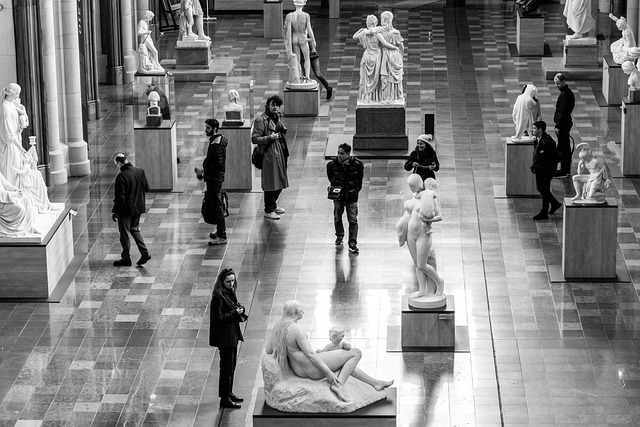The Evolution of the Western Genre in Film: From Cowboys to Outlaws
The Western genre has long captivated audiences with its tales of rugged individualism, sprawling landscapes, and moral complexities. Rooted deeply in American culture, these films have evolved dramatically over the decades, mirroring societal changes and shifting perceptions of heroism and lawlessness. As we explore the journey of the Western genre, we uncover how the archetypes of cowboys and outlaws have transformed, reflecting our own values and struggles.
The Classic Cowboy: A Symbol of Independence
In its earliest forms, the Western film heralded the cowboy as an emblem of freedom and independence. The 1930s and 1940s ushered in a wave of films that glorified figures like John Wayne, who embodied the virtuous, solitary hero battling against tyranny and evil. Movies such as Stagecoach and My Darling Clementine showcased the cowboy as a protector of civilization, navigating the lawless wilderness with a clear moral compass. This archetypal figure resonated with audiences, representing the American Dream in its purest form—a quest for freedom and justice.
The Shift to Complexity: Antiheroes and Nuanced Narratives
As the world changed during the 1960s and 1970s, so too did the Western genre. With the rise of the antihero, films began to explore more complex characters and storylines. Iconic films like The Good, the Bad and the Ugly and Once Upon a Time in the West introduced audiences to morally ambiguous characters whose loyalties and motivations were often questioned. This shift reflected a growing disenchantment with traditional values and an embrace of realism, highlighting the harsh realities of life on the frontier.
Modern Interpretations: Outlaws and Redemption
Fast forward to the 21st century, where the Western genre continues to evolve. The portrayal of outlaws has gained prominence, with narratives that delve into their flawed humanity. Films like No Country for Old Men and Hell or High Water present characters who operate outside the law not just as villains but as multi-dimensional individuals shaped by their circumstances. These stories often grapple with themes of desperation and morality, reimagining the Western landscape into a gritty battlefield where survival trumps idealism.
The Western’s Cultural Reflection
The evolution of the Western genre is a fascinating reflection of our culture at large. Each iteration of this classic genre captures the zeitgeist, addressing themes such as justice, identity, and the nature of heroism. Whether through the lens of a noble cowboy or a troubled outlaw, these films confront our own perceptions of right and wrong, urging us to reexamine our understanding of the American spirit.
A Lasting Legacy
Today, the Western genre remains significant, with filmmakers continuously finding fresh ways to engage with its rich history. From reinterpretations in television series like Westworld to international takes on the genre, such as The Sisters Brothers, the influence of the Western endures. As long as stories are told about the struggles for identity and belonging, the essence of the Western will persist, embodying the complexities of society and the human experience.


